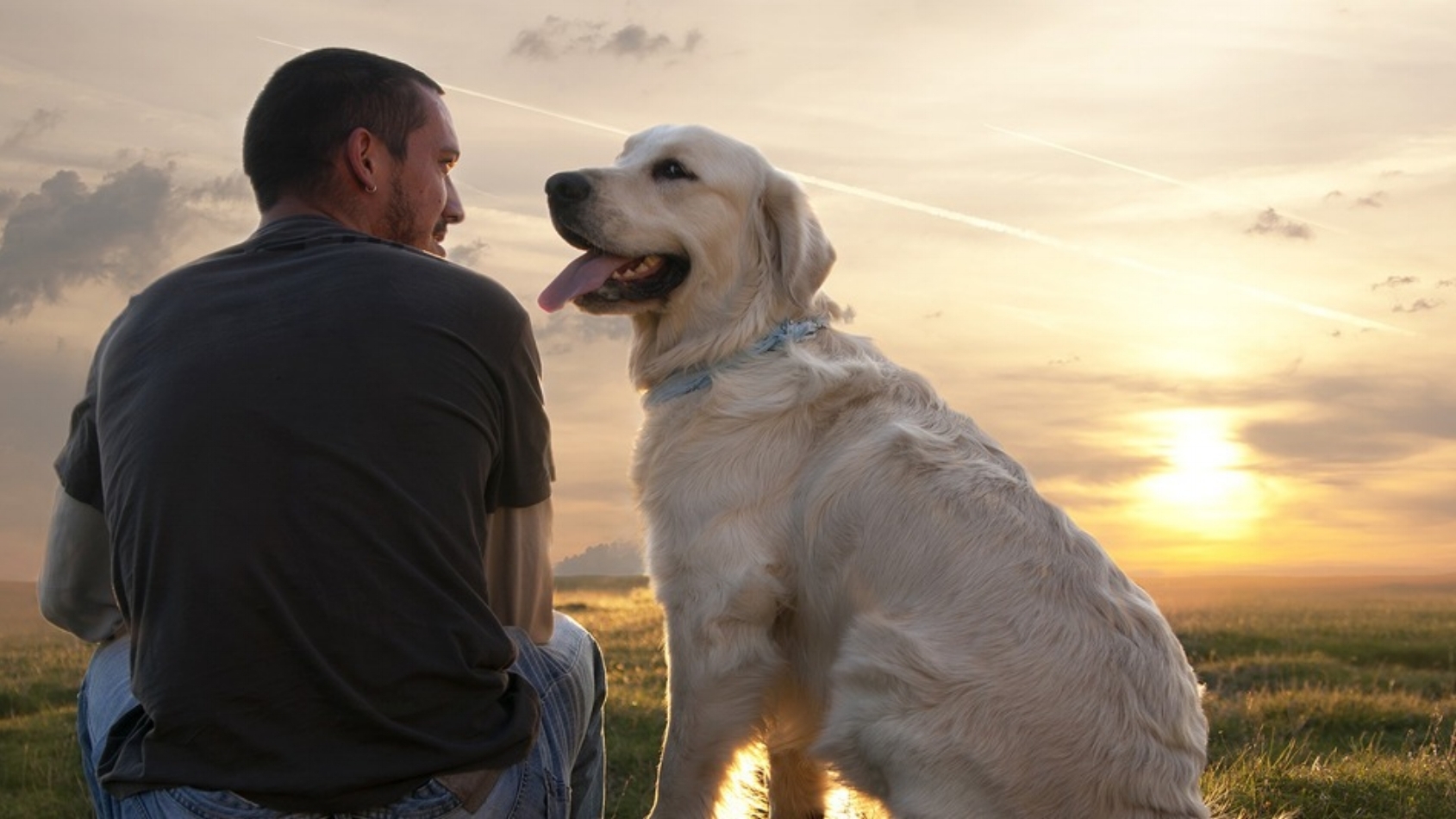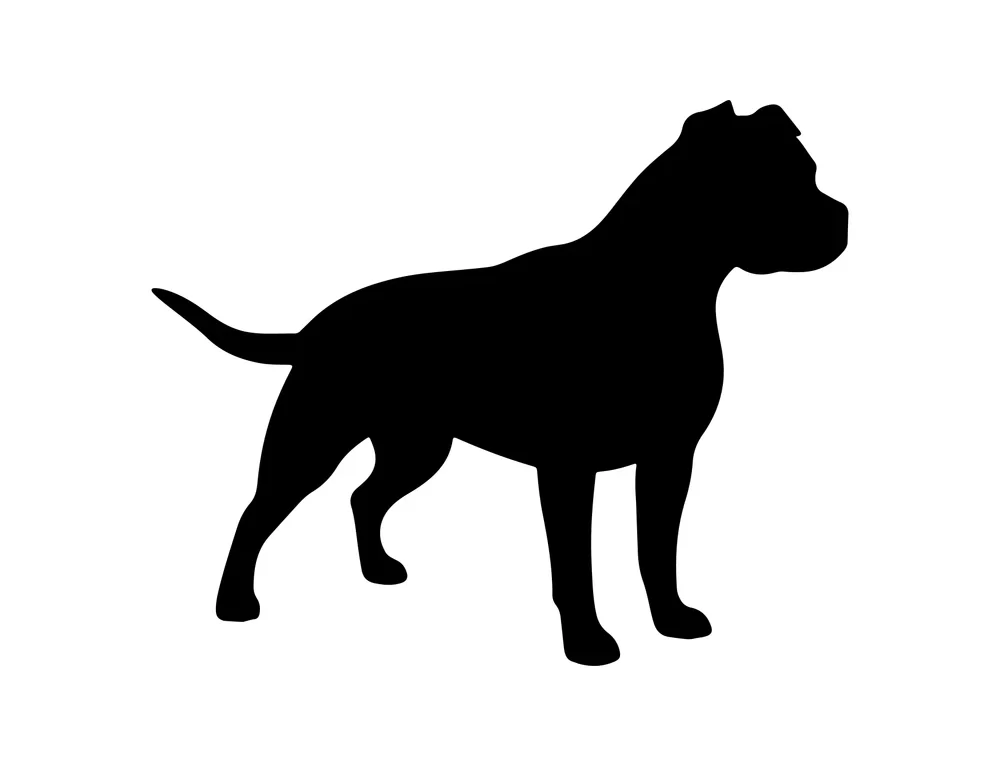If you’re raising a puppy, one of the most common questions you’ll have is: when do puppies stop growing? Watching your furry friend grow up is exciting, but knowing what to expect in their growth journey can help you prepare for each stage—especially when it comes to health, training, and nutrition.
In this article, we’ll explore the stages of puppy development, how breed size affects growth, and when to expect your pup to reach their full size.
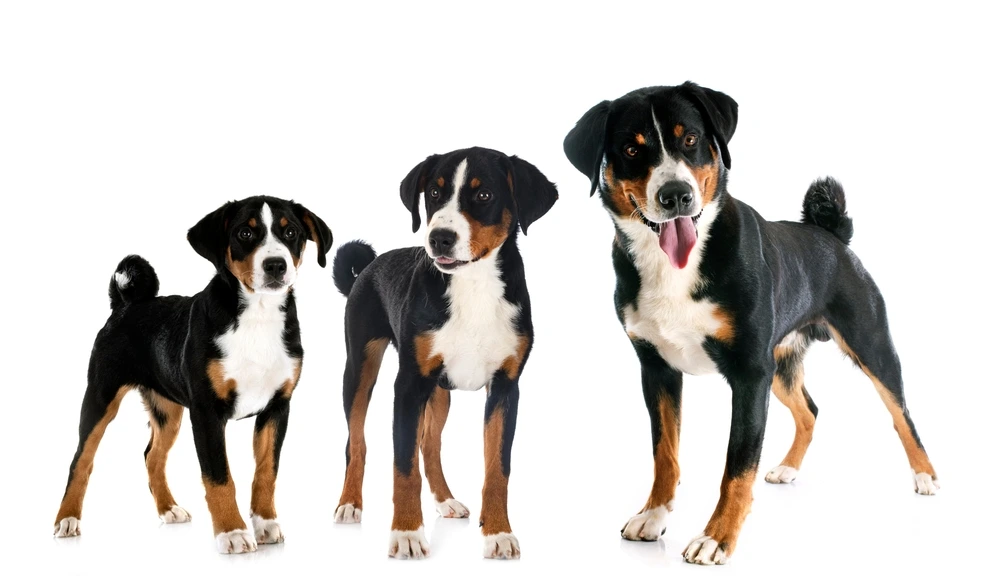
Content
The Growth Timeline of Puppies
Puppies grow rapidly during the first few months of life. Their bones, muscles, and organs develop quickly to support their new life outside the womb. This rapid development leads many pet owners to ask, when do puppies grow the most?
Typically, puppies experience the fastest growth during the first 5 to 6 months. This period is often referred to as the puppy growth spurts timeline, where you may notice your puppy suddenly gaining weight or increasing in height over just a few days or weeks. Feeding high-quality puppy food during this time is essential to support their growing bodies.
Breed Size Matters
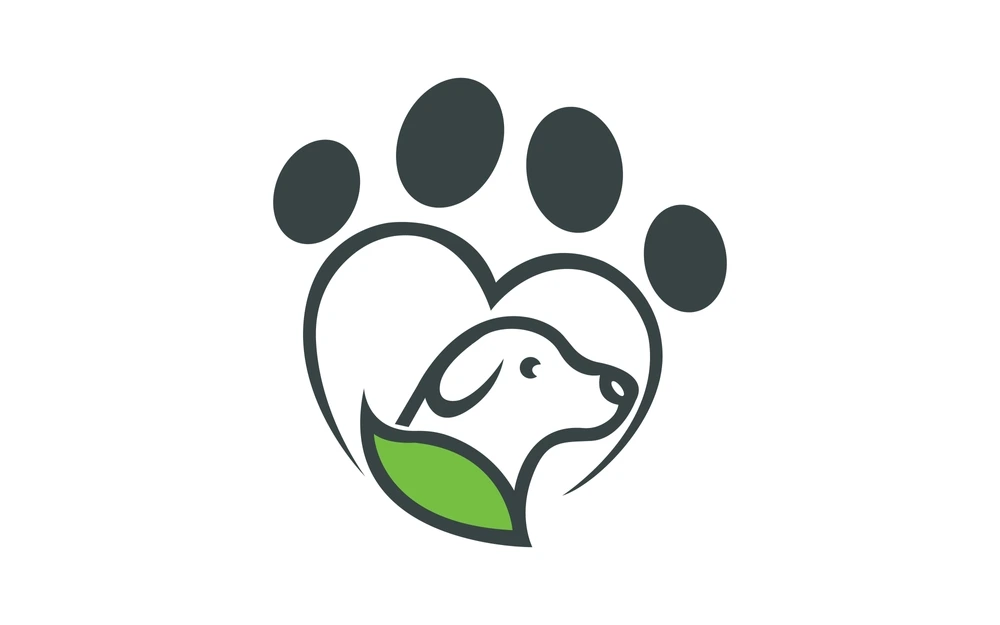
Growth rates vary significantly depending on your dog’s breed and size. For example, when do small dogs stop growing? Most small breeds, like Chihuahuas or Pomeranians, reach their adult size between 8 to 12 months of age. Their growth is relatively quick compared to larger breeds.
On the other hand, when do large dogs stop growing? Breeds such as Great Danes, Mastiffs, or Saint Bernards take much longer. These giants might not reach full maturity until they are 18 to 24 months old. Their bones and joints take more time to fully develop, and it’s important to avoid excessive exercise during this period to prevent joint problems.
What About Mixed Breeds?
Many pet owners adopt mixed breed dogs and wonder, when do mixed breed dogs stop growing? The answer depends on the dominant genes of the breeds involved. If a mixed breed pup has parents from both small and large breeds, growth could fall somewhere in between. Your vet can give you a better estimate based on your dog’s size at different milestones.
Height vs. Weight Growth
Another common question is, when do dogs stop growing in height? While weight gain can continue as your pup fills out and gains muscle, height growth typically slows down once the growth plates in the legs close. For small and medium breeds, this occurs around 10 to 12 months, while large breeds may take up to 18 months or more.
The Role of Teething in Growth
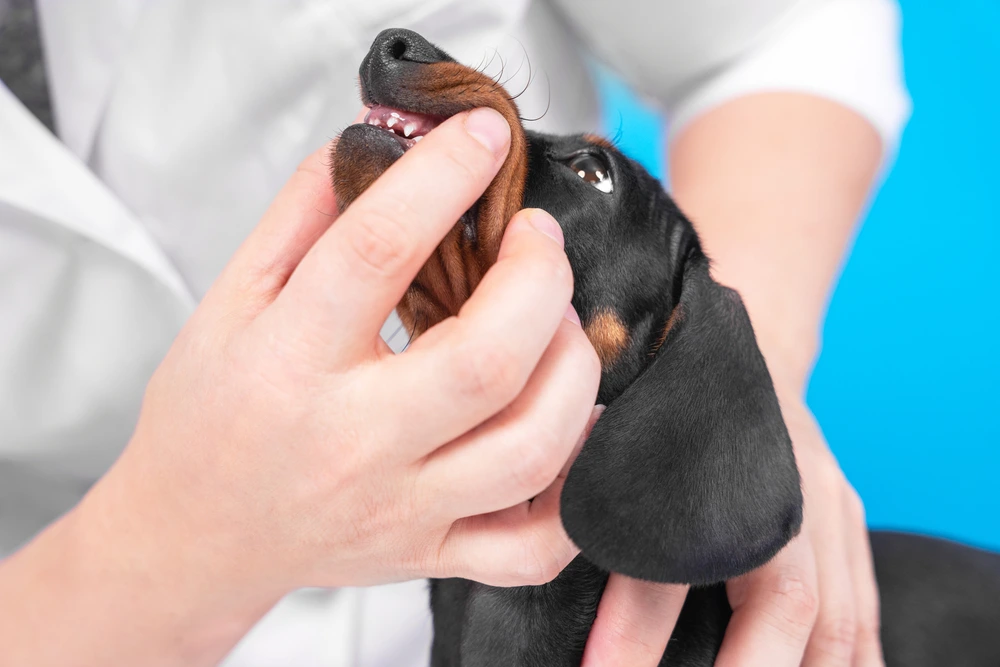
Physical development isn’t just about size. When do puppies stop teething? Teething usually starts around 3 weeks of age and continues until your puppy is about 6 months old. During this time, they go through discomfort and may chew on everything in sight. Once teething ends, it usually marks the end of the rapid growth phase for smaller breeds, although larger dogs may still be growing.
Signs That Your Puppy Has Stopped Growing
It’s not always obvious when your dog has reached their adult size. However, you may notice a few signs:
- Weight stabilizes and no longer increases rapidly.
- Leggy appearance disappears as the body fills out.
- Appetite and energy levels normalize.
- Vet confirms closed growth plates via X-rays.
Keep in mind that reaching full size doesn’t mean your puppy is done maturing emotionally. Behavioral development continues well into adulthood.
Supporting Your Puppy’s Growth
Knowing when do puppies stop growing helps you provide the right care throughout each stage. Here are a few tips to support healthy growth:
- Feed a balanced diet made for your pup’s size and age.
- Visit your vet regularly for checkups and growth tracking.
- Avoid intense exercise in large breeds during the early months.
- Socialize and train your puppy to aid emotional development.
Conclusion
Understanding when do puppies stop growing depends on several factors—breed size, genetics, and health. When do small dogs stop growing? Around a year. When do large dogs stop growing? Sometimes not until two years. And if you’re raising a mixed breed, expect a timeline somewhere in the middle.
Being aware of the puppy growth spurts timeline, knowing when do dogs stop growing in height, and even monitoring things like when do puppies stop teething can help you raise a healthy and happy companion. Each puppy grows at their own pace, so stay patient, stay informed, and enjoy every moment of the journey. If you’re also curious about unique cat breeds, check out our guide on the Norwegian Forest Cat—a majestic feline with a rich history and stunning coat.

Join Felipe Clark on a heartwarming journey through the world of pet adoption. He’s a true advocate for shelter animals, sharing stories that tug at the heartstrings and inspire adoption.





